Last Updated: July 2, 2025
A Historical and Technological Review of Solar-Powered Mobile Phones
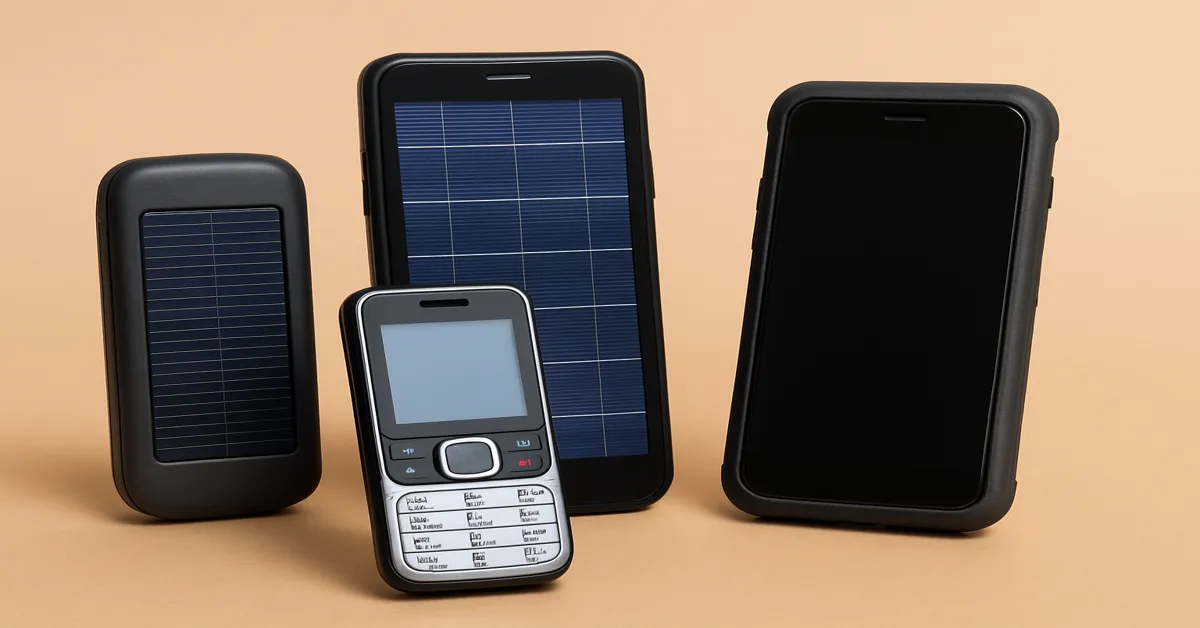
Introduction: In an age where sustainability has become more than a buzzword, the fusion of renewable energy with everyday devices like mobile phones presents an exciting frontier. Solar-powered mobile phones, once seen as a novelty, are now gaining renewed attention amid the global push for eco-friendly technologies. This article takes a deep dive into the historical journey of solar-powered phones, tracing their evolution from rudimentary concepts to the technological innovations showcased in 2025.
Early Concepts and the First Experiments
The idea of powering devices through sunlight is hardly new. Solar technology has been utilized for calculators and small appliances since the 1970s. However, adapting this to mobile phones presented several challenges—primarily due to power consumption demands and size limitations of solar panels.
One of the first mobile phones to incorporate solar charging was the Nokia 1611 in 1997. While not a fully solar-powered device, it featured an optional solar battery accessory—marking the earliest attempt to explore solar mobility. At the time, this innovation was far ahead of its market, given the relatively short battery lives and the low availability of sunlight-based charging infrastructure.
2000s: The First Real Steps Forward
The 2000s saw the first real commitment to integrating solar technology into phones. In 2007, a Chinese manufacturer, Hi-Tech Wealth, unveiled what they claimed to be the world’s first fully solar-powered phone. With 40 minutes of talk time for an hour of sunlight, it was a step in the right direction but had limitations in mass appeal and reliability. (Reuters, 2007)
Then came a significant leap when Samsung launched the Solar Crest (Guru E1107) in 2009. It was rolled out in developing countries including India, Pakistan, and Kenya—places where electricity access remains inconsistent. The phone could provide about 5-10 minutes of talk time after an hour in direct sunlight. (GSMArena)
Eco-Innovation Highlight: Samsung Blue Earth
Also in 2009, Samsung released the Blue Earth, a stylish, full-touchscreen phone with a solar panel on the back. It was made from recycled plastic bottles and promoted as an eco-conscious lifestyle product. Though more of a branding move than a practical game-changer, it demonstrated growing interest in green tech among major manufacturers. (The Guardian)
Challenges That Hindered Mass Adoption
Despite these launches, solar phones never became mainstream. The key reasons included:
- Limited Charging Efficiency: Early solar panels offered very low wattage—barely enough for emergency power.
- Increased Manufacturing Costs: Solar integration made phones more expensive without significant user benefit.
- Availability of Alternatives: Power banks and car chargers became cheaper and more convenient for most users.
- Urban Bias: Most solar phone users lived in cities with better access to electricity, making solar a niche solution.
2025: The Comeback of Solar Innovation
Fast forward to 2025, and solar phones are once again making headlines. At the Mobile World Congress (MWC) 2025, Infinix introduced two major innovations that may reshape the landscape:
1. Integrated Solar Panel Smartphone
This concept device uses perovskite solar cells, a new type of solar technology that's thinner, more flexible, and significantly more efficient than traditional silicon-based panels. Infinix claims the solar panel can deliver up to 2W of power under direct sunlight. (GSMArena, 2025)
2. Solar Charging Phone Case
Alongside the phone, Infinix unveiled a solar-powered case compatible with various smartphones. It connects through contact pins and can deliver a trickle charge when exposed to light. This case includes MPPT (Maximum Power Point Tracking) and AI-driven positioning to optimize sunlight absorption.

Other Brands Testing the Waters
- Kyocera Torque X01: A rugged phone with solar assistance, aimed at outdoor users.
- Fairphone (EU Prototypes): Known for ethical production, the company is exploring solar modules.
- Huawei: Revealed solar case concepts in past expos, though not commercialized yet.
The Future Outlook
While fully solar-powered smartphones remain technologically and commercially challenging, hybrid solutions—like solar cases and wearables—are gaining traction. Regulatory pressure and sustainability demand may accelerate adoption, especially in off-grid markets.
Summary
Solar-powered phones have evolved from experimental novelties to realistic solutions for energy autonomy. In 2025, with new materials and smarter integration, the dream of a truly solar-reliant mobile experience is closer than ever.
In a world craving greener tech, solar phones may not replace electricity, but they will increasingly supplement it — particularly where it matters most.
Author: George Mathew – leadingreporter.com
You May Also Like:

The Draining Water from the Ground: How Solar Farming in Pakistan Is Creating a Hidden Crisis...

Best Phones Under 45,000 in Pakistan for PUBG and Gaming (2025 Guide)...
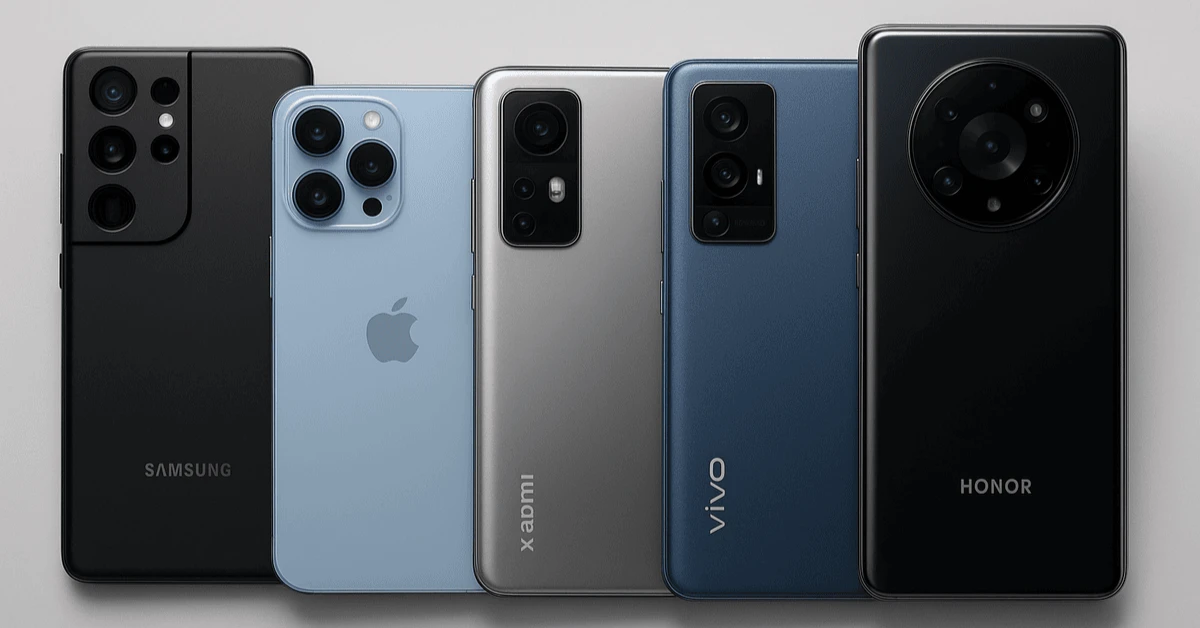
Camera Sensors of the Future: Phones Launching With 200MP & Periscope Lenses...
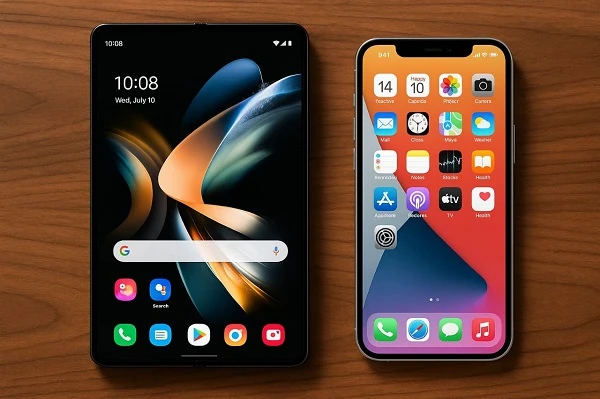
Foldable Phones Just Got Real: What Samsung’s Z Fold 6 Can Do That Your iPhone Can’t!...
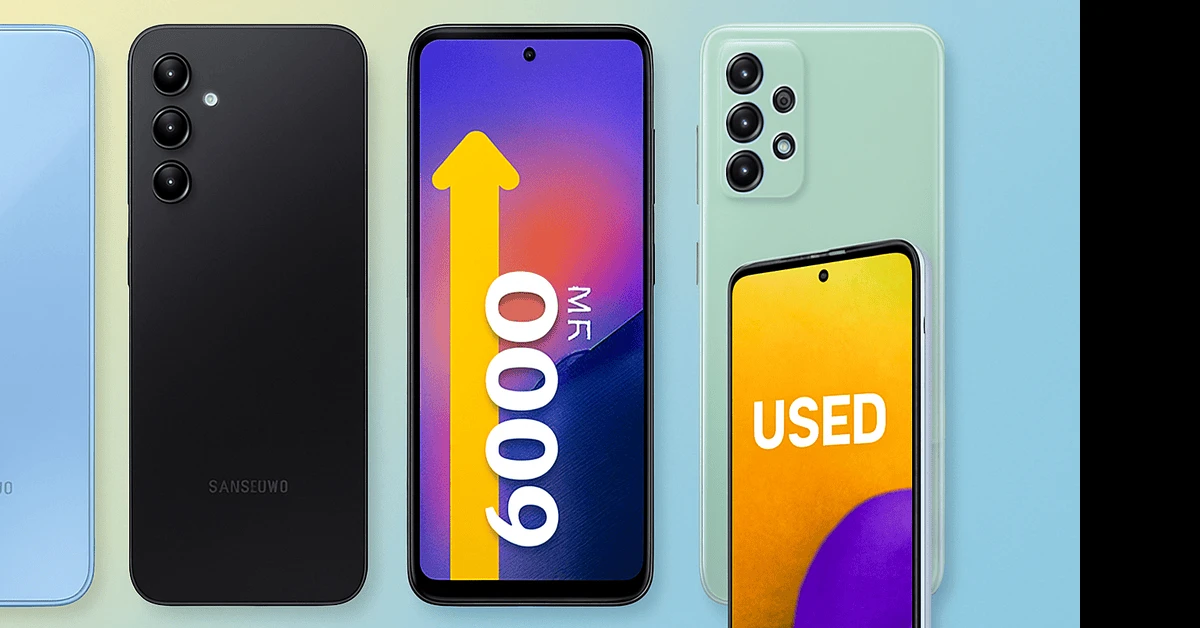
Best Samsung Phones Under 50,000 in Pakistan (2025 Guide)...

Vivo FE Mini (X200 FE) — Full Specs, Features, and Detailed Review...
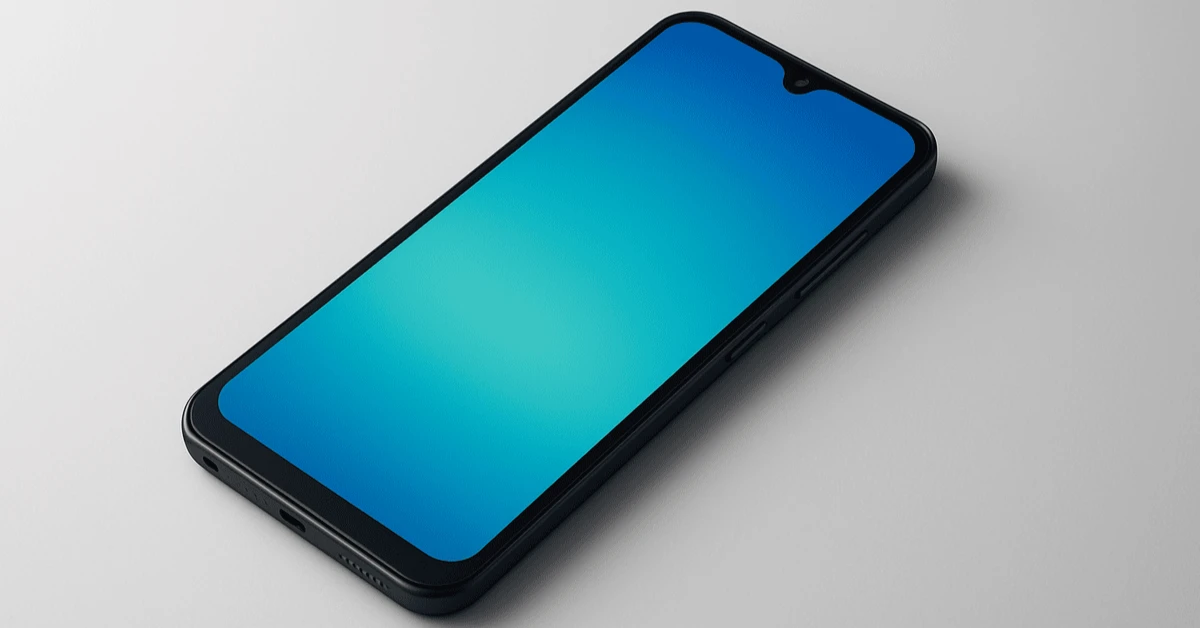
Samsung Galaxy A06 Price & Specs in Pakistan – Review & Buying Guide...

